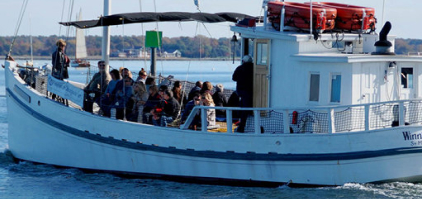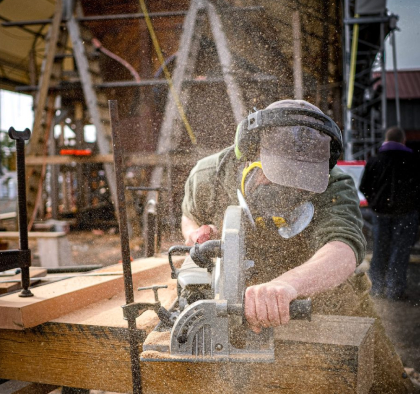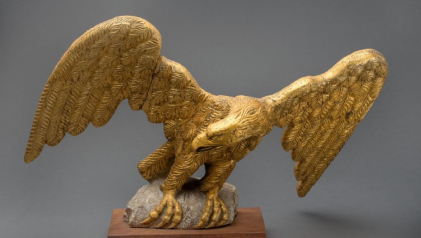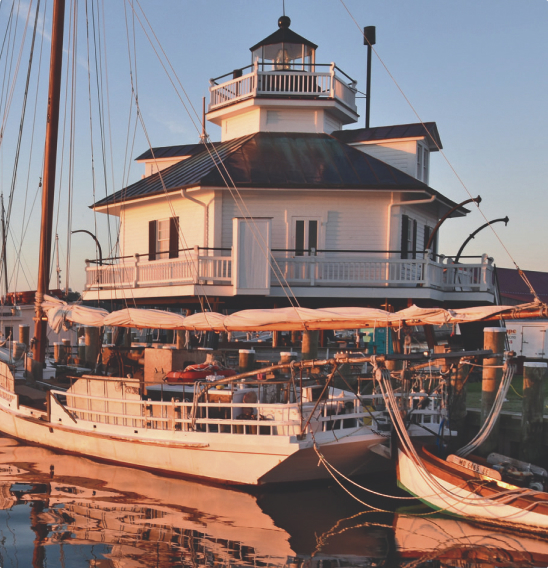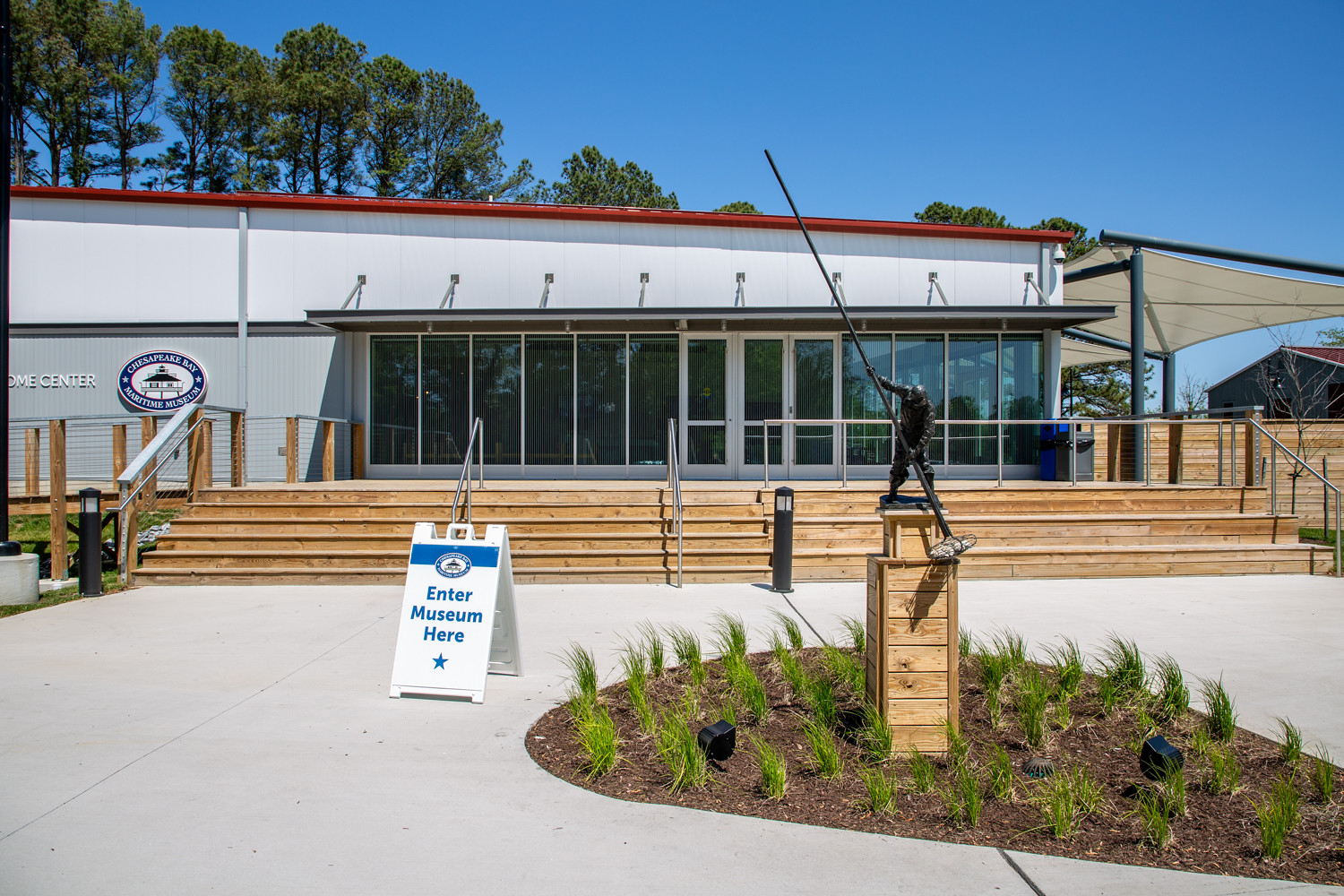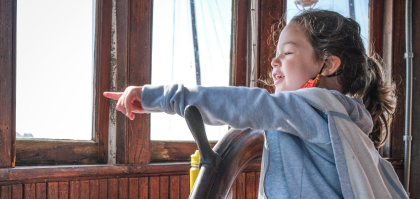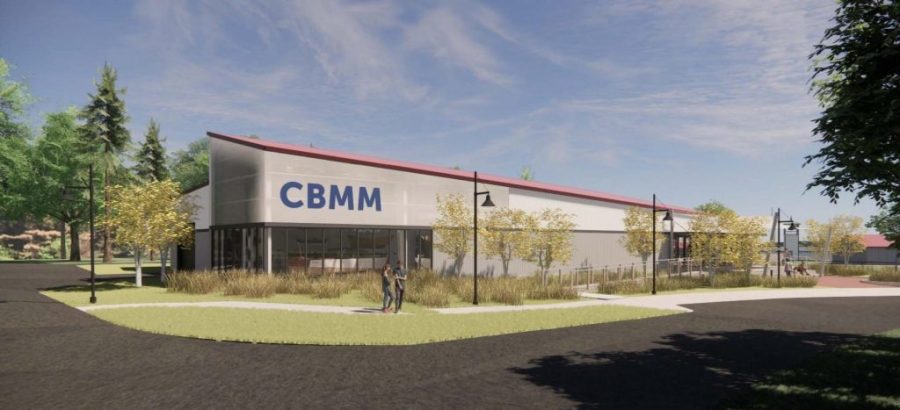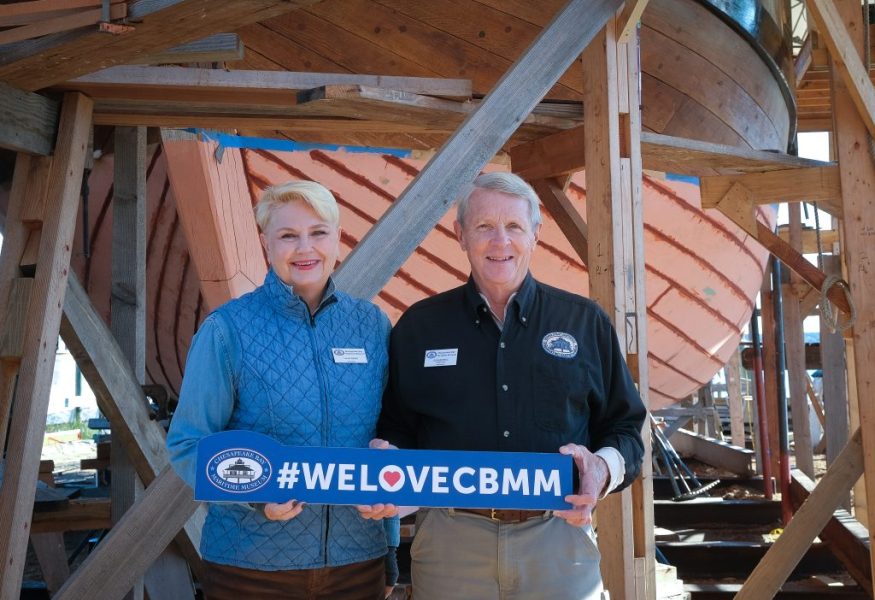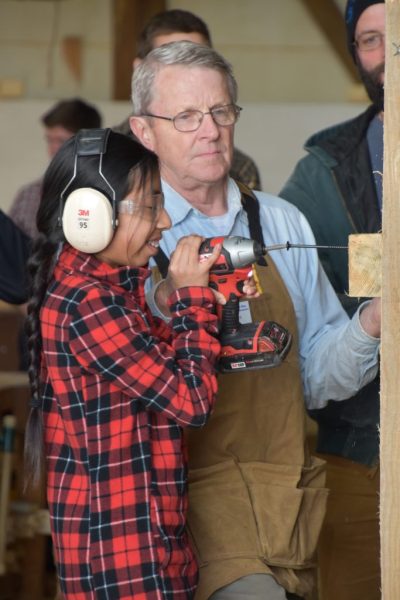The Chesapeake Bay Maritime Museum is dedicated to being a valuable community partner and to working closely with our neighbors to have a positive and lasting impact on our economy, public schools, larger community, and the watershed around us.
As a world-class maritime museum, CBMM shares a cultural heritage that is vital to the Chesapeake Bay region. We all play a critical role in the success of our communities, and so we encourage everyone—our guests, staff, volunteers, and community partners—to help us move the local economy in the right direction.
We also work to foster relationships within our communities. CBMM is part of 140 local partnerships that help improve business and community, and we support more than 90 nonprofits through donations and fundraising. In addition, CBMM employees are involved with more than 100 community organizations through public service or volunteering. With more than 80,000 annual guests and nearly 30,000 hours of service each year from our volunteers, CBMM is invested in the community where we live, work, and play.
A comprehensive study of CBMM’s economic and community impact in FY20 confirmed that CBMM is a proven driver to the local and state economies. Welcoming more than 80,000 guests annually, CBMM is a draw for both local residents and those from outside the area, many of whom also eat in local restaurants, shop in local stores, and stay at local hotels, B&Bs, rental properties, and marinas. In FY20, guests traveling specifically to visit CBMM from more than 50 miles away generated $11.6 million in visitor spending for Talbot County—$11 million of which was spent right here in St. Michaels.
In addition to serving as an important educational tool for both CBMM and Historic St. Mary’s City, the three-year Maryland Dove construction project completed in 2022 proved an economic boon for the area. Upwards of $4 million was spent over the course of the project—more than half of which was paid in wages and benefits to locally based team members. Along with averaging 10 full-time shipwright jobs during the build, CBMM was able to outsource substantial amounts of work to local service provider partners for crane operations, foundry work, rigging, carpentry, cabinet building, engines, and marine systems support. Post-Dove, CBMM remains dedicated to being a vital community partner and to identifying ways to bolster the local, regional, and state economies.
Spending by out-of-state guests who traveled specifically to St. Michaels to visit CBMM generated $6.5 million in net economic spending for Maryland in FY20. CBMM also produced $8.8 million in total economic impact for the state. Our Master Plan Phase 1 building expansion project contributed nearly $4 million in total wages and salaries. The recently completed Phase 2, which includes construction of a new Welcome Center housing the Museum Store and dedicated exhibition spaces, is expected to have a similar effect.
Through PK–12 educational programs, CBMM served nearly 6,000 Maryland public school students, teachers, and chaperones in FY20, with 35% of these coming from a Title 1 school or another special education program. The state and local taxes collected from CBMM-supported spending were enough to educate 130 Talbot County public school students for one school year. In addition, CBMM-initiated spending generated enough state and local taxes to support the annual starting salary of 38 Talbot County public school teachers.
Through programs like CBMM’s Rising Tide after-school program, students develop a sense of self-confidence and pride in addition to developing relationships with mentors who provide guidance, support, and encouragement to become more academically prepared to achieve long-term success.
In 2021, CBMM partnered with Needle’s Eye Academy to provide a hands-on component to the organization’s mission of improving literacy among students of color in Talbot County. Working with CBMM staff in the Rising Tide Workshop Annex, Needle’s Eye students learned about shipbuilding and sailmaking using tools from Albert and Downes Curtis former sail loft in Oxford. The Curtis brothers were prominent African-American entrepreneurs in the 20th century.
Through volunteer programs, internships, and apprenticeships, CBMM is a valuable resource for the development of basic and specialized job skills. Our Shipyard’s certified four-year apprenticeship program is registered by both the U.S. and Maryland departments of labor. CBMM also provides paid summer internships for current graduate and undergraduate college students and has prepared 50 apprentices for employment in the maritime and related industries.
CBMM guests, business operations, and capital spending generated more than $1 million in total tax revenue for Maryland in FY20. Without CBMM, Talbot County’s 37,000-plus households would each have to pay $46 more in state and local taxes to maintain current levels of tax receipts.
For every $1 spent in Talbot County by CBMM guests and operations, the county’s economy retained about 82 cents. About 14 cents of this total spending is retained as local tax revenue.
